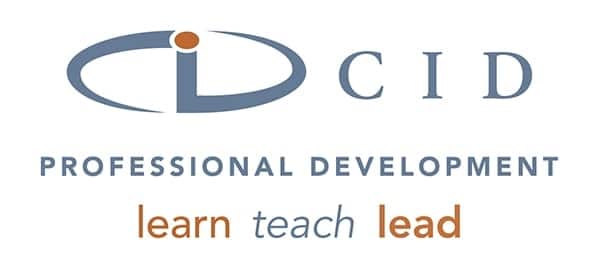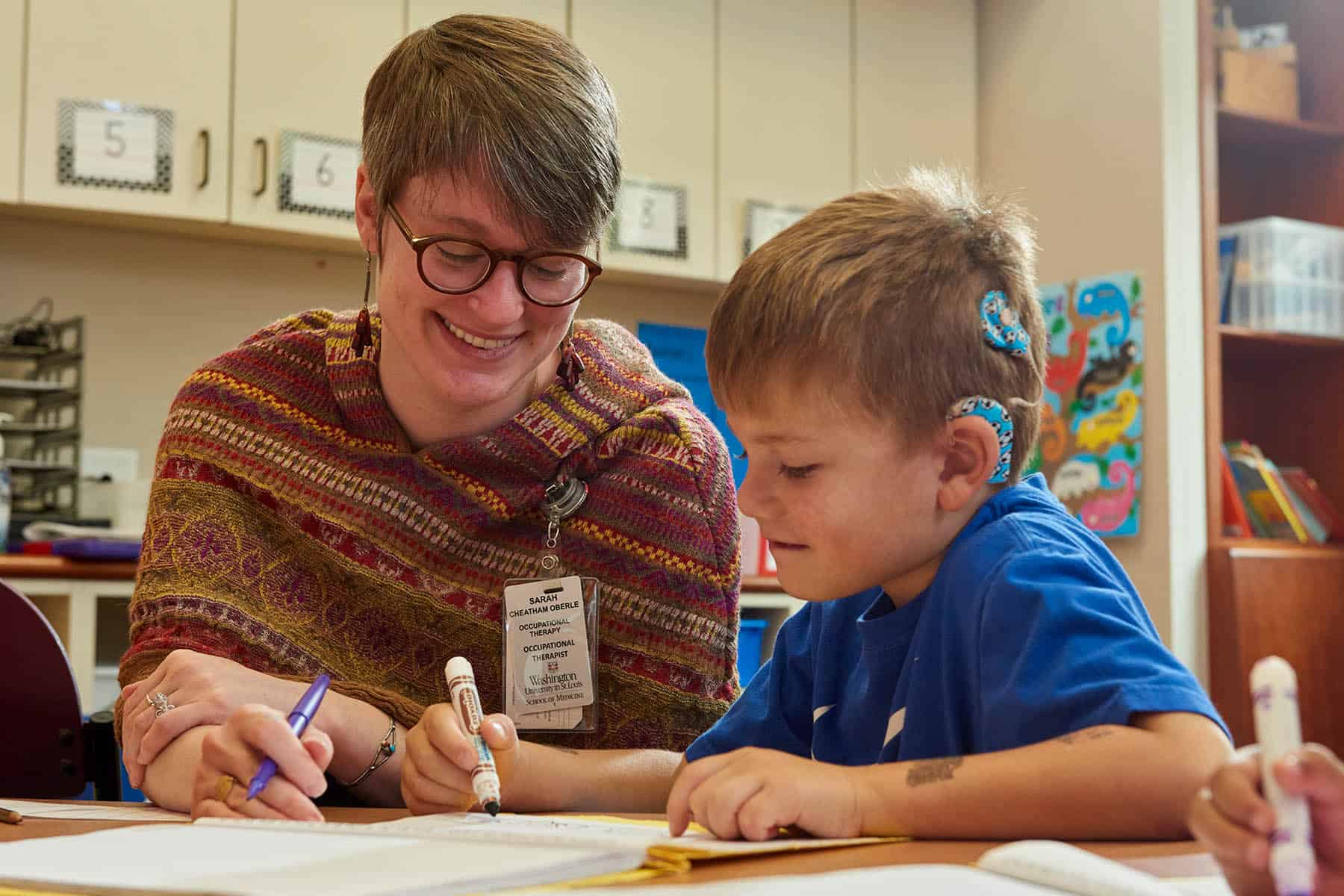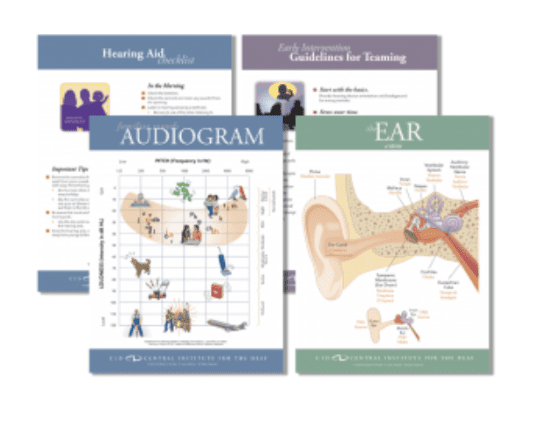An IEP (Individualized Education Program) is based on a law called the Individuals with Disabilities Education Act in which parents have legal rights in the IEP process. Hearing these unfamiliar terms can be intimidating for parents. The thought of having to learn new (legal) information, especially for a parent already inundated with audiology appointments and early intervention sessions, is often overwhelming. But it is important. Parents who advocate for their child are teaching their child how to advocate for themselves someday, which is powerful. Below are four key things for a parent to know about the IEP process.
- The transition process comes first. When a child turns three, she will go through a transition process. The purpose of the process is to determine if the child is eligible for special education services (ex: speech therapy, deaf education, physical therapy, etc.). If she is eligible, the school district will provide the services she needs, at no cost to the family. This is called free and appropriate education. After it is determined that a child is eligible for special education services, the next step is writing an IEP.
- An IEP is individualized. The IEP is a legally binding document that outlines the special education services a child will receive. It includes information about the child, as well as goals specific to the child’s needs. The purpose of the IEP meeting is to determine the child’s educational needs, the services necessary to address those needs and how/where those services will be provided. This information is written down for accountability and documentation. It is important to understand that the IEP is written individually for the child. It is also important to know that the IEP travels with the child should the family move.
- If deemed eligible for special education services, the child can start school on their third birthday. The IEP process starts around the time the child is two and a half. The early intervention team will introduce the family to the school district, and the school district will take over from there. It’s never too early for a family to start learning what to expect in the last six months of early intervention. [There are some caveats to the third birthday start date (for example those with summer birthdays), but generally this is the rule of thumb.]
- Parents are a part of the team. There is a team of people who will be making decisions about the child’s needs and services. Parents are a part of that team. There is not one single decision maker on the team, but everyone on the team contributes. Being a part of an IEP team will likely be a brand-new experience for most parents, and they should be encouraged to ask questions. When parents are active participants in the IEP meeting, their child’s needs can best be understood by the team. No one knows their child better than them.
While there is much more to know about the IEP process, these four key pieces of information are a good starting point for families. Stay tuned for a follow-up blog post with even more information about the IEP process.

Jessica Brock is a speech-language pathologist. After receiving her master’s degree from Vanderbilt University, Jessica worked in home-based early intervention for three years before coming to CID. At CID, she served students ranging in age from 2-12.












